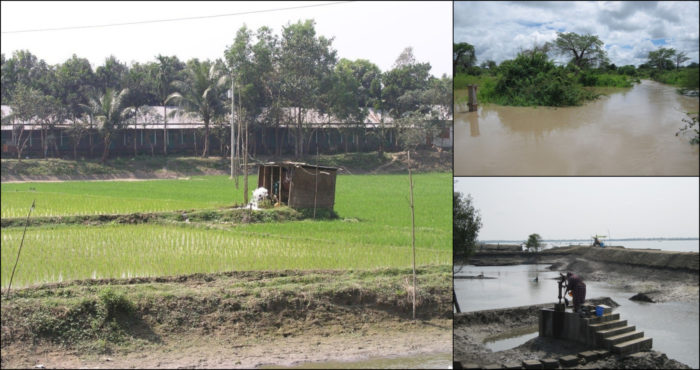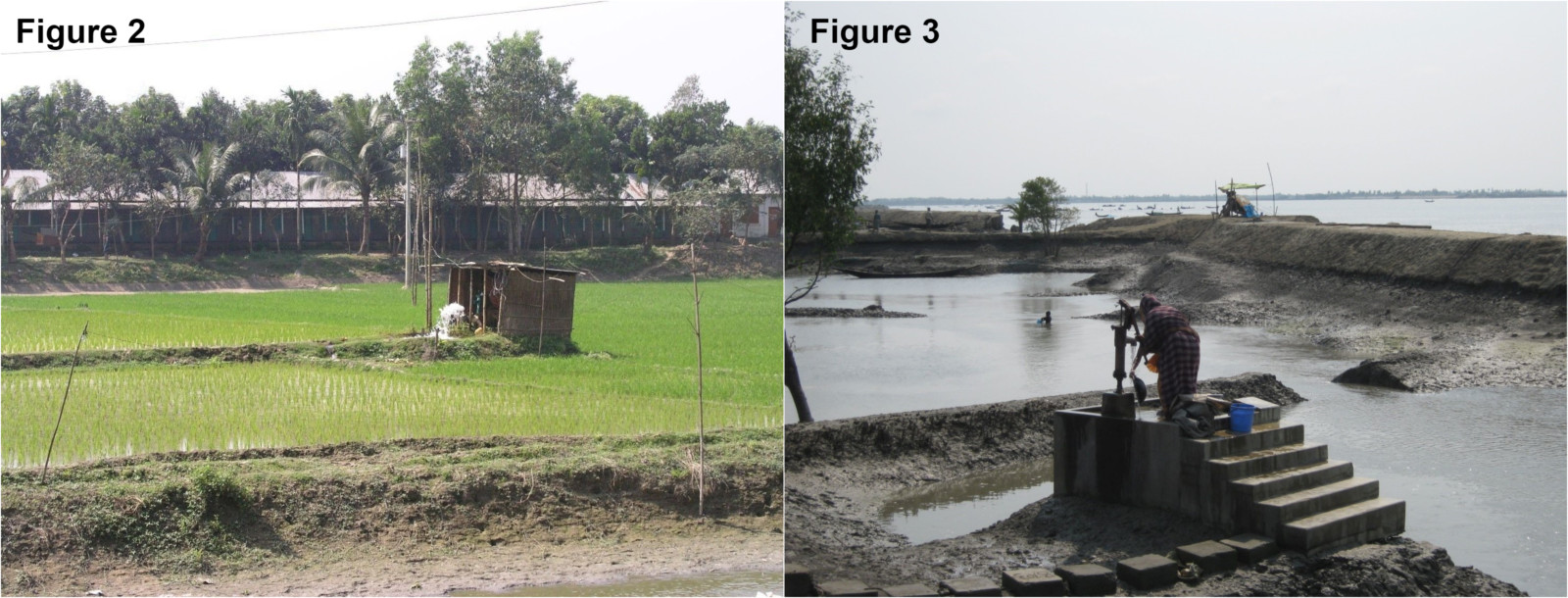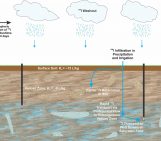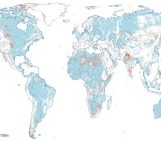

Recent research has identified the natural resilience of groundwater to climate change and our tendency to deplete this invaluable resource. It’s time we understood, valued, and governed groundwater as the vital adaptation to climate change that it is.
 roundwater flowing within the geology beneath our feet is the world’s largest liquid store of freshwater. Its volume in most countries in Africa for example, is estimated to be 10 to 100 times greater than that which flows annually through their rivers, lakes and wetlands. The widespread distribution and inter-annual storage of groundwater play an essential role in sustaining ecosystems and enabling adaptation to climate variability and change. The original review, Groundwater and Climate Change, was borne, in part, out of frustration with the near absence of groundwater in reports discussing climate change impacts on water resources and the hydrological cycle by the Inter-governmental Panel on Climate Change (IPCC). 25 co-authors and I sought to publish a scientific consensus addressing these shortcomings in advance of the IPCC’s 5th Assessment Report that could not be overlooked.
roundwater flowing within the geology beneath our feet is the world’s largest liquid store of freshwater. Its volume in most countries in Africa for example, is estimated to be 10 to 100 times greater than that which flows annually through their rivers, lakes and wetlands. The widespread distribution and inter-annual storage of groundwater play an essential role in sustaining ecosystems and enabling adaptation to climate variability and change. The original review, Groundwater and Climate Change, was borne, in part, out of frustration with the near absence of groundwater in reports discussing climate change impacts on water resources and the hydrological cycle by the Inter-governmental Panel on Climate Change (IPCC). 25 co-authors and I sought to publish a scientific consensus addressing these shortcomings in advance of the IPCC’s 5th Assessment Report that could not be overlooked.
Seven years later, the review remains a relevant, comprehensive treatise on the interactions between groundwater and climate change. Two key developments since amplify points made in the original review. First, a bias in groundwater replenishment to extreme (heavy) rainfall has now been more widely observed in tropical and sub-tropical regions. Second, evidence from the GRACE satellite mission has revealed more clearly large-scale changes in groundwater storage and the magnitude of uncertainty in global models simulating groundwater recharge and the impacts of climate change.
As the planet warms, substantial uncertainty remains in where, when and how much rain and snow will fall. One consistent, observed impact of global warming is the intensification of heavy rainfalls, particularly acute in the tropics, which results in fewer light rain events and more frequent, heavy rainfalls. The consequences of this changing distribution in precipitation globally are serious and include reduced soil moisture, more frequent and intense floods as well as longer and more frequent droughts. Evidence of a ‘silver lining’ in these changes comes from multi-decadal water-well records across tropical Africa and a pan-tropical analysis of stable-isotope compositions in rainfall and groundwater, which show a distinct bias in groundwater replenishment to heavy rainfall, often in association with large-scale controls on climate variability such as El Niño events (Figure 1). This bias in groundwater recharge to heavy rainfalls has similarly been noted in Australia and SW USA. Increased use of groundwater consequently becomes a logical strategy to adapt to climate change impacts on water resources.

Figure 1. Flood discharge during the 2015-16 El Niño event in central, semi-arid Tanzania, replenishing a wellfield that is the sole supply of water to its rapidly growing capital, Dodoma.
GRACE satellite monitoring from 2002 to 2016 reveals large-scale depletion of groundwater from unregulated human withdrawals, primarily for irrigated agriculture in some of the world’s most productive food-growing regions such as the California Central Valley, North China Plains and northwest India. Quantification of groundwater depletion globally from GRACE data and models has helped to better resolve its contribution to global sea-level rise. Further, GRACE satellite data have provided a sobering test of global-scale models of terrestrial water balances, revealing a systematic underestimation of changes in water storage. Lastly, new insight into large-scale climate-groundwater dynamics has been gained from GRACE data that includes the role of episodic, extreme precipitation in sustaining groundwater storage and the influence of aridity on the responses of groundwater systems to climate variability.
The importance of groundwater as a climate-resilient source of freshwater in the 21st century is difficult to overstate. Climate-driven shortages in freshwater supplies to the cities of Dar es Salaam in 1997 and Cape Town in 2017 led to a substantial, subsequent rise in their dependence upon wells. As the world warms, amplification of rainfall extremes and its consequences will be most pronounced in the tropics where, by 2050, over half of the world’s population is projected to live. Yet it is here where substantial increases in freshwater withdrawals are required to achieve United Nations Sustainable Development Goals (SDGs) of enhancing food security through irrigation (SDG 2) – Figure 2 – and rapidly expanding access to safe water (SDG 6) – Figure 3.

Figure 2. Dry-season irrigation of boro rice by shallow groundwater in central Bangladesh. Figure 3. Deep handpump well supplying freshwater surrounded by the saline surface waters in the Sundarbans of Bangladesh.
Developing water supplies resilient to climate change will, in many parts of world, invariably involve use of groundwater conjunctively with rivers, lakes, and reservoirs. There is much to be done in terms optimising conjunctive use of these sources including recognition that in drylands ephemeral river flow often replenishes groundwater and that excessive groundwater withdrawals can impact the flow of rivers. Beyond advancing our understanding of groundwater and its interactions with climate and surface waters, much more needs to be done to integrate groundwater formally into water governance and to tackle thorny questions around equity of access and who decides development pathways. On-going, inter-disciplinary research programmes in Africa and globally are informing progress here but considerably more investment and effort are required. In recognition of the critical importance of groundwater to climate change adaptation and need to find pathways towards sustainable groundwater use globally, a global call to action has been made to ensure groundwater benefits society now and into the future. It has now been signed by over 1300 scientists and practitioners from over 100 countries. Please join us.
This post was originally posted on Nature Research Sustainability blog in support of World Water Day 2020.




